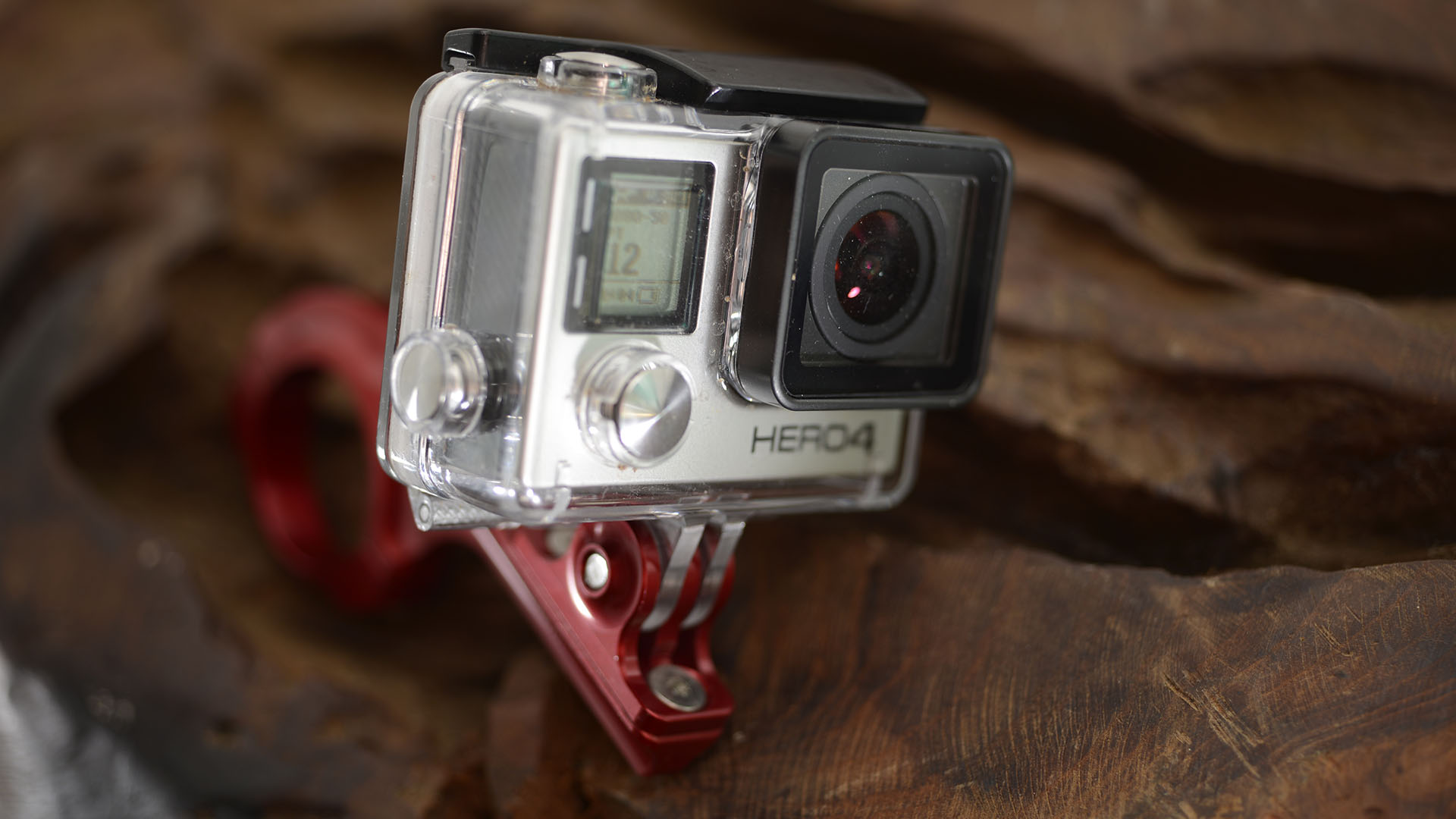Why you can trust TechRadar
Our test day proved to be a typical late autumn day, so despite aspirations to hit the surf, with temperatures just tipping zero and a light frost and later drizzle, we headed into the forest to test the camera with a bit of off-roading.
Setting the camera up and attaching to the bars of a mountain bike couldn't have been easier, even in the cold and wet when wearing gloves. Operation was simple and a flashing red light indicated that all systems where go.
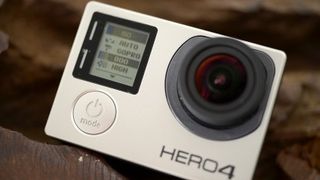
The small LCD on the front gave a brief breakdown of the settings that were being used and the length of recording time that had lapsed, a handy indicator that reassures you that footage is being captured.
During the off-roading and later using the Hero4 on a quadcopter drone we switched between resolutions and frame rates to check on the quality of the footage.
Conditions where at best murky, so while the footage looked dull this was more due to the day than the quality of capture.
Switching between resolutions showed a high level of detail was captured in each setting, and despite the cameras sensitivity being pushed to ISO 1600, due to the low light, noise was apparent but handled well.
In the lowest of light conditions the colour rendition did suffer with the automatic white balance making changes quickly, but generally the camera captured natural and well saturated colour tones.
The GoPro has spot metering and exposure compensation options, but left to its own devices it does an excellent job. Moving the camera quickly from light to dark showed the exposure system was able to keep up with the changes in light, adjusting and making exposure changes smoothly.
Video quality
Looking at the 4K footage and comparing this directly against that of the GoPro Hero 3+ the improvement in quality from 15 to 30 fps is instantly apparent, with the videos motion looking far smoother than in the previous model and showing that in a camera of this size the 4K ability isn't just a novelty but a feature that could and should be used.
Using the more common resolution of 1080p at 30 fps, 50 fps and 120fps showed the most exciting results. The footage at each rate looked smooth on screen but the real revelation came when the footage was edited through the Final Cut Pro X and adjusted to a base frame rate of 29.7 fps, stretching the footage over four seconds.
The result of the 30 fps footage looked stuttered as you'd imagine, and there was only a slight improvement in the 50 fps clips. Looking at the footage capture at 120 fps and slowed to 29.7 fps showed smooth quality footage that retains detail and colour and most importantly smoothness of motion.
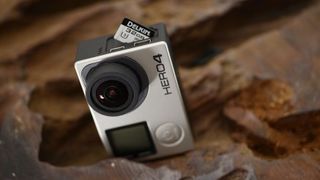
The lens of GoPro was improved in the Hero 3+ and in the latest version the lens captures good quality footage with the distinct action camera look caused by the huge field of view and distortion.
However for a lens that captures 170 degree field of view the distortion isn't as pronounced as you'd expect ,with footage in the centre of the frame kept within acceptable limits of distortion and major distortion only effecting the edges.
Chromatic aberration at the mid to edge frame is apparent in high contrast situations especially in the footage when riding or flying through trees.
Sound and software
As with the GoPro Hero 3 and 3+ the Hero 4 features the high quality ProTune feature that gives you more control over the quality and output of your camera. An ideal tool if you're wanting to match up footage from several different cameras. We'll take a closer look at this is the near future.
The GoPro has a built in microphone which captures the ambient noise well. It's is by no means broadcast quality but does the job. There is the option to connect an external microphone through a USB which will be of interest to those wanting to buy the Music version of the GoPro Hero 4 Black. We have yet to test this feature but will bring you the results when we do.
The all new battery lasts for a good hour and half of shooting time, although make sure that the Wi-Fi connection is switched off as this will reduce operating times significantly.
The camera isn't the end of the story and one of the features that really makes GoPro stand out from the rest is the GoPro Studio software. This is available for Mac and PC and enables you to edit the footage that you've captured. The software itself is a direct free download from the GoPro website and once downloaded enables you to get stuck in and creating.
The organisation and edit tools are pretty simple but they let you get editing straight away. There are more advanced features that enable you to make the most from the fast frame rates by speeding up and slowing down footage, and as an editing package it's really a great place to start. It also supports most Canon and Nikon video files which is handy as neither company supply video editing software with their cameras.
Ali Jennings is the imaging lab manager for Future Publishing's Photography portfolio. Using Imatest Master and DxO Analyser he produces the image quality tests for all new cameras and lenses review in TechRadar's cameras channel. Ali has been shooting digital since the early nineties and joined Future's Photography portfolio back in 2003.
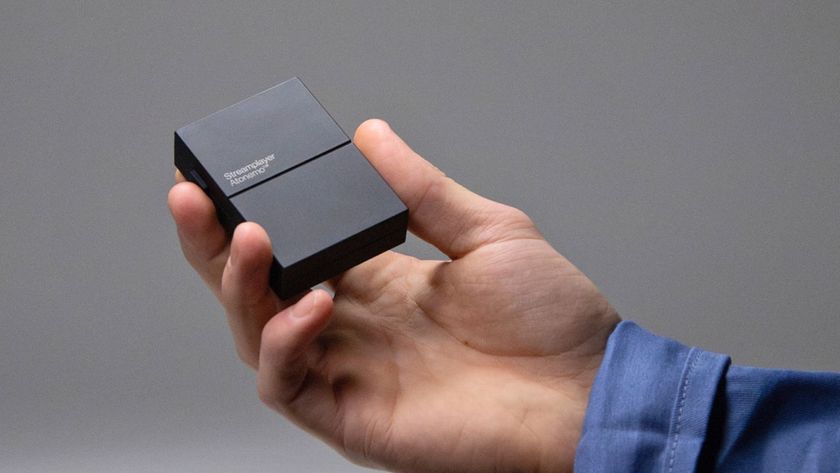
This tiny, cheap box upgrades any speakers with Wi-Fi multi-room streaming, including Hi-Res Audio support
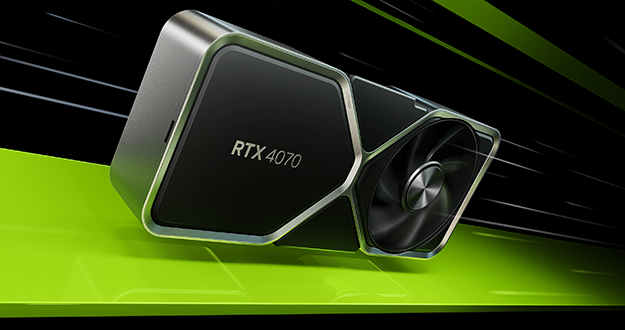
Nvidia's new Game Ready Drivers appear to be so bad that game developers are warning gamers to stay away
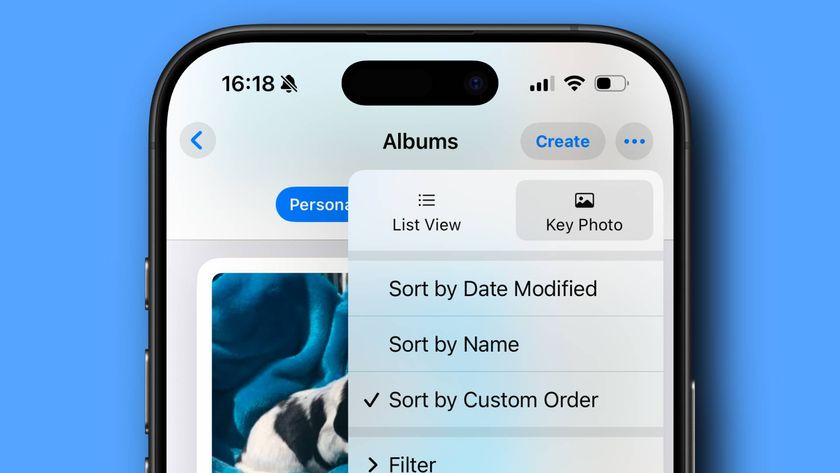
iOS 18.4 gets official release notes: Apple Intelligence, new Photos tools, Ambient Music, and more
